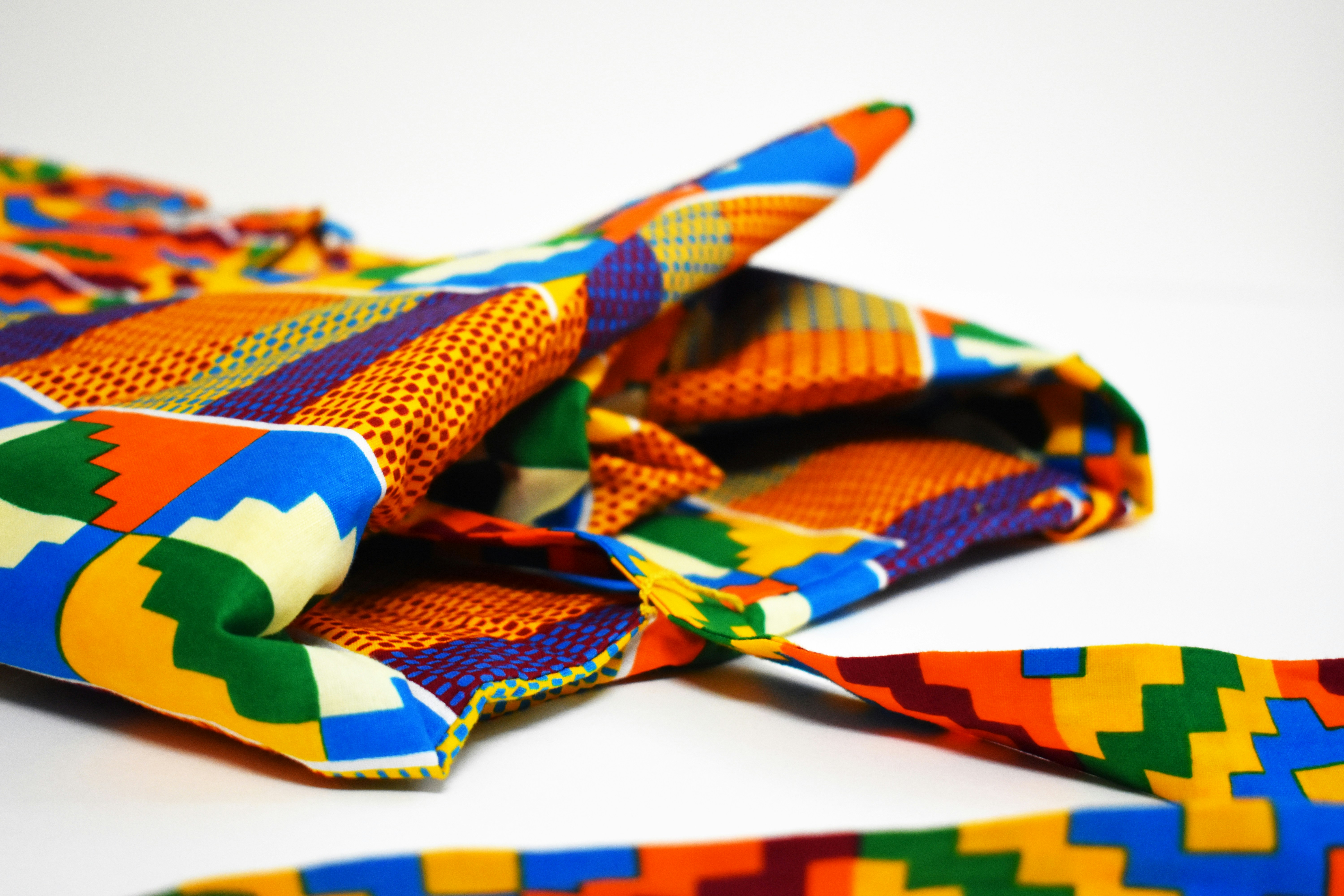Each design, every texture and above all every color carries a history in African fashion. Diving into the chromatic symbols of this wardrobe is much more than choosing an attractive garment. It’s touching the soul of a continent rich in tradition and creativity. We’re here today, Africa Fashion Tour invites you to discover how these colors embody luxury, identity, social status or deep emotions. Get ready to see your clothes in a new light, with shades that tell us much more than we think.
Why are colors so important in African clothing?
Behind each colorful paletteeach has its own distinct message. In many African countries, the choice of fabric and its hue is connected to culture, sometimes even to the clan or region of origin. It’s never insignificant! It’s easy to see that some often recur at family or community ceremonies. or community ceremonies. The psychological impact of colors also accompanies everyday life. Wearing red to a wedding or opting for yellow motifs for a religious celebration always makes sense.
Description of the main colors and their meanings
Each color conveys a symbol or a particular value. This universal language becomes fascinating when we explore its use in the African dressing room.
Red: life force and power
You’ve probably already seen bright red outfits during major celebrations. Red rhymes most often with energy, courage and power. Many people even associate it with a sacred bond with ancestors or the earth, as it recalls the color of blood and life. Some traditional dresses or embroidered fabrics specifically choose this color to demonstrate the power of a lineage or family success. In Côte d’Ivoire, for example, red is used to show respect and determination at large gatherings.
Blue: peace, spirituality and wisdom
If there’s one soothing shade in the traditional African collection, it’s blue. This color evokes confidence, calm and sometimes even nobility of heart. The Tuaregs of the Sahara proudly wear their indigo blue chèche, a symbol of serenity and belonging. In Nigeria, dark blue fabrics are frequently used to signify balance and fidelity in relationships. Wearing blue sends a message of tranquility and integrity to all who cross your path.
Yellow: prosperity and light
Immediately recognizable in markets during the holidays, yellow conveys generosity, happiness and wealth. It is regularly found in accessories or as a dominant note on loincloths. This sunny color literally lights up African fashion! Among the Ashanti of Ghana, wearing a yellow garment traditionally indicates a high status or a special celebration. It’s impossible to resist the positive energy that a bright yellow tunic brings to festive events.
Green: renewal and hope
In the eyes of many, green represents renewal and abundance. Frequently used at moments of transition such as christenings or births, it reassures and breathes a breath of fresh air. Its link with agriculture and nature further reinforces its importance in different cultures. Whether on a loose-fitting boubou or an elegant shirt, green remains associated with new opportunities and the hope of future growth for oneself and the community.
White: purity and spiritual renewal
In many African nations, white refers to purity purity, mourning in certain contexts, but also at rebirth. It is therefore invited for religious rites, funerals or large-scale collective purifications. White silk or immaculate cotton inspires deep respect among elders. Among the Yoruba, white clothing implicitly values harmony harmony with the ancestors and a sincere search for spirituality. Choosing white means choosing light and clarity in your daily life.
How do you incorporate these color codes into your style?
Adopting these shades doesn’t necessarily mean following all traditions to the letter. More and more African designers revisit motifs and palettes to appeal to an international, luxurious and open-minded clientele. Africa Fashion Tour regularly reveals daring collections where heritage rhymes with modernity.
Dare to combine harmoniously
Une of the strongest trends is to play on the complementary shades. Vibrant purple with orange accents, or restful blue with gold details, pay tribute to African diversity. The result is authentic, contemporary and meaningful looks.
Here are a few popular associations:
- Red and gold for major festivities and galas
- Turquoise blue and white for religious ceremonies
- Emerald green and pale yellow for family gatherings
- Black and silver for commemorations or formal evenings
Opt for a strong accessory
There’s no need to adopt a total look to express your love of symbolic colours. symbolic colors. A well-chosen scarf, belt or even a piece of handcrafted jewelry can completely change a classic silhouette. These little winks are often enough to arouse interest and open a dialogue about one’s origins or personal tastes. Influencers followed by Africa Fashion Tour often show how to accessorize clothing, offering tips on how to combine modern comfort with a deep connection to African textile history.
The evolution of the color code: between preservation and innovation
The language of colors in African fashion is constantly evolving. On the one hand, some designers want to preserve traditions; on the other, a new generation dares to break codes with unexpected mixes. Thanks to social networks and international platforms, these stylistic innovations now travel everywhere.
Africa Fashion Tour In recent years, we’ve seen a growing enthusiasm among young designers who are using the African palette not only to mark their identities, but also as a tool for making artistic claims. The result? Trendy collections known even in luxury capitals.

